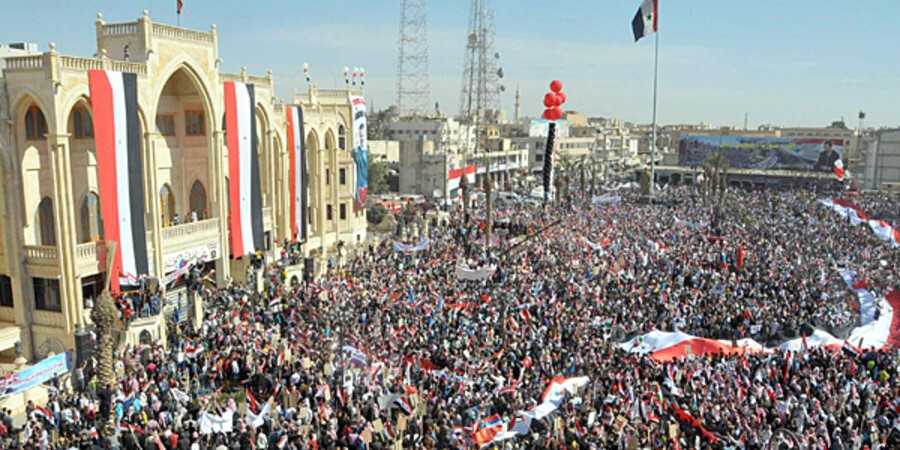
The recent overthrow of President Bashar al-Assad’s regime has ushered in a transformative period for Syria and the broader Middle East. While this development marks the end of a brutal chapter, it also opens a Pandora’s box of challenges and opportunities that will define the region’s trajectory for years to come.
The Decline of Old Powers
The collapse of Assad’s government has upended long-standing geopolitical dynamics. For Iran, Assad’s Syria was a linchpin in its “Axis of Resistance,” providing a vital corridor to Hezbollah and a platform for projecting influence. His removal has dealt a significant blow to Tehran’s regional ambitions, weakening Hezbollah’s operational capacity and diminishing Iran’s strategic foothold.
Similarly, Russia’s loss of a steadfast ally in Damascus is a geopolitical setback. Russia’s bases in Syria were not just military assets; they symbolized its resurgence as a global power. With Assad gone, Moscow’s influence in the Middle East has waned, complicating its broader strategic objectives.
Conversely, Turkey emerges as a clear winner in this reshuffling. Having supported opposition factions for years, Ankara now holds substantial sway over northern Syria and is poised to shape the country’s reconstruction. This ascendancy bolsters Turkey’s role as a regional power broker and positions it to play a critical role in post-conflict stabilization.
The Road Ahead: Challenges and Opportunities
Syria’s future hinges on the ability of its new leadership to navigate the political, economic, and humanitarian minefields ahead. The rise of Hayat Tahrir al-Sham (HTS) as a dominant force in Damascus is a double-edged sword. While HTS’s past associations with extremism raise concerns, its overtures toward inclusive governance and minority protection have prompted cautious engagement from Western powers. This pragmatic approach, contingent on HTS’s actions, could pave the way for international support.
Economic reconstruction presents another formidable challenge. Years of war have left Syria’s infrastructure in ruins and its economy in shambles. International sanctions remain a significant hurdle, but there is growing momentum in Europe to conditionally ease restrictions if the new government demonstrates tangible reforms. The success of these efforts will depend on sustained international collaboration and a clear roadmap for rebuilding.
Humanitarian considerations cannot be overstated. Millions of displaced Syrians, many of whom sought refuge in neighboring countries and Europe, yearn for stability and safety. The new government’s ability to foster a secure and inclusive environment will be crucial in encouraging refugee returns and rebuilding Syria’s fractured social fabric.
Regional Realignments
The post-Assad era is also reshaping alliances across the Middle East. The diminished influence of Iran and Russia may ease some regional tensions, but it also creates a power vacuum that could lead to new rivalries. Regional and global powers must tread carefully to avoid exacerbating instability.
For Western nations, Syria’s transition is both a challenge and an opportunity. Supporting inclusive governance and human rights in Syria is not just a moral imperative but also a strategic necessity to prevent the resurgence of extremism and secure long-term regional stability.
Conclusion
Syria’s post-Assad era is a watershed moment for the Middle East. The interplay of diminished old powers, emerging new ones, and the challenges of reconstruction and governance will shape the region’s future. The international community must engage constructively, balancing pragmatism with principles to support Syria’s transition. In doing so, it can help turn a page on one of the darkest chapters in modern history and lay the groundwork for a more stable and inclusive Middle East.





Leave a reply